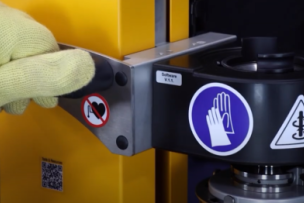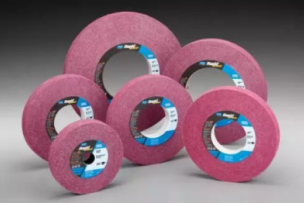From helping to reduce the impact of the skills gap to allowing more intelligent data to be communicated between tools and machines, the future of tool holding is ripe for more efficiency—with more intelligent automation. We spoke with an executive from Haimer USA on the promise of tool holding’s near future.
Is the next evolution from digital manufacturing to industry 4.0 the ability to connect equipment and share data within and between machines? Industry insiders believe so.
“From a tool holding standpoint, industry 4.0 is all about helping customers create a more repeatable manufacturing process by pulling data out so that eventually machines with algorithms and artificial intelligence can take that data and make changes on the fly,” says Drew Strauchen, vice president of marketing and business development at Haimer USA.
To demonstrate the possibilities, Haimer will feature its automated tool management system, including the VIO Toolshrink, at IMTS 2018. At the booth [West Hall, booth #431546], you’ll be able to see a demonstration of balancing a tool holder, shrinking the tool in the holder, checking the balance, and then writing the data to an RFID chip fixed to the holder. When the tool is inserted into a Hermle machine tool, it will read the chip and then determine and set the rpm based on the balance data.
“Collecting balancing information and finding a way to communicate that to the machine so that it can actually make a decision is industry 4.0 realized,” says Strauchen.
“Eventually, data will also be able to tell the machine when to change the tool, and how to change speeds and feeds based on the tool life it’s getting, but all those things rely on accurate data points,” he says. “If the data points are inconsistent from day to day, it’s really difficult to start extracting data and doing anything with it, so the first step to achieving that is stabilizing your processes.”
![]()
Stay up to date on everything IMTS related right here.





Talk to Us!
Leave a reply
Your email address will not be published. Required fields are marked *